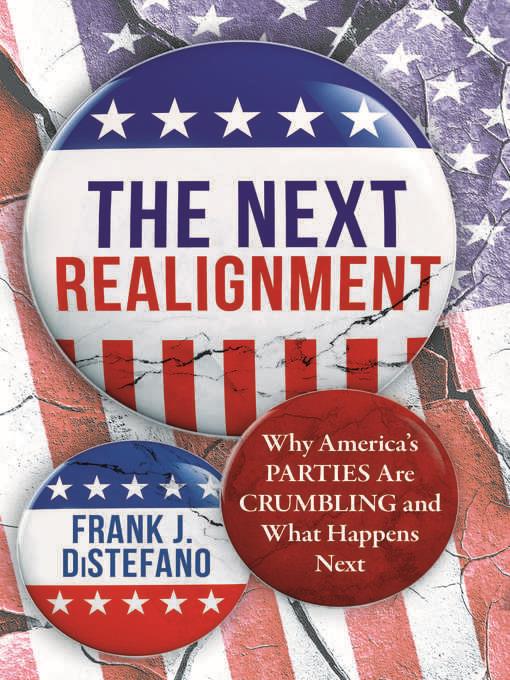
The Next Realignment
Why America's Parties Are Crumbling and What Happens Next
کتاب های مرتبط
- اطلاعات
- نقد و بررسی
- دیدگاه کاربران
نقد و بررسی

September 15, 2019
An eye-opening exploration of America's two-party system. In this debut book, attorney DiStefano, a former adviser to Rudy Giuliani's 2008 presidential campaign, concludes that a drastic change to American politics is coming soon. He focuses on the concept of party realignment, in which political parties are formed, reformed, and even extinguished over the course of history. Realignments occur, DiStefano explains, when political realities shift and new issues and attitudes force change. The bulk of this work recounts the five different party systems that the United States has known since its inception. It begins with the birth of the two-party system under Alexander Hamilton and Thomas Jefferson and continues through the realignments of the Jacksonian era, the run-up to the Civil War, the populism of Democratic politician William Jennings Bryan, and the disruption of the Great Depression. Although the U.S. Constitution doesn't mention political parties, the author argues that its system of governance promotes the continuing existence of two such parties--with each within striking distance of a majority. But America's current system, DiStefano notes, has basically debated the New Deal for eight decades while America has moved on to other issues: "All our parties know how to do--all they were designed to do--is to fight about the world of Franklin Roosevelt." Readers who are well versed in political science will already be familiar with the concept of party realignment at the center of this book. Still, many will find that DiStefano's conclusions are full of common sense, even if the blur of today's contentious political discussion seems to hide such seemingly simple realities. Overall, the author does an admirable job of putting history into perspective and providing a balanced view of how the winds of today's political climate may be blowing. Whether the next realignment is quick and easy or long and drawn-out depends on whether voters and politicians recognize the need for party reform, DiStefano asserts. A necessary addition to the bookshelves of history buffs and political science enthusiasts.
COPYRIGHT(2019) Kirkus Reviews, ALL RIGHTS RESERVED.

























دیدگاه کاربران